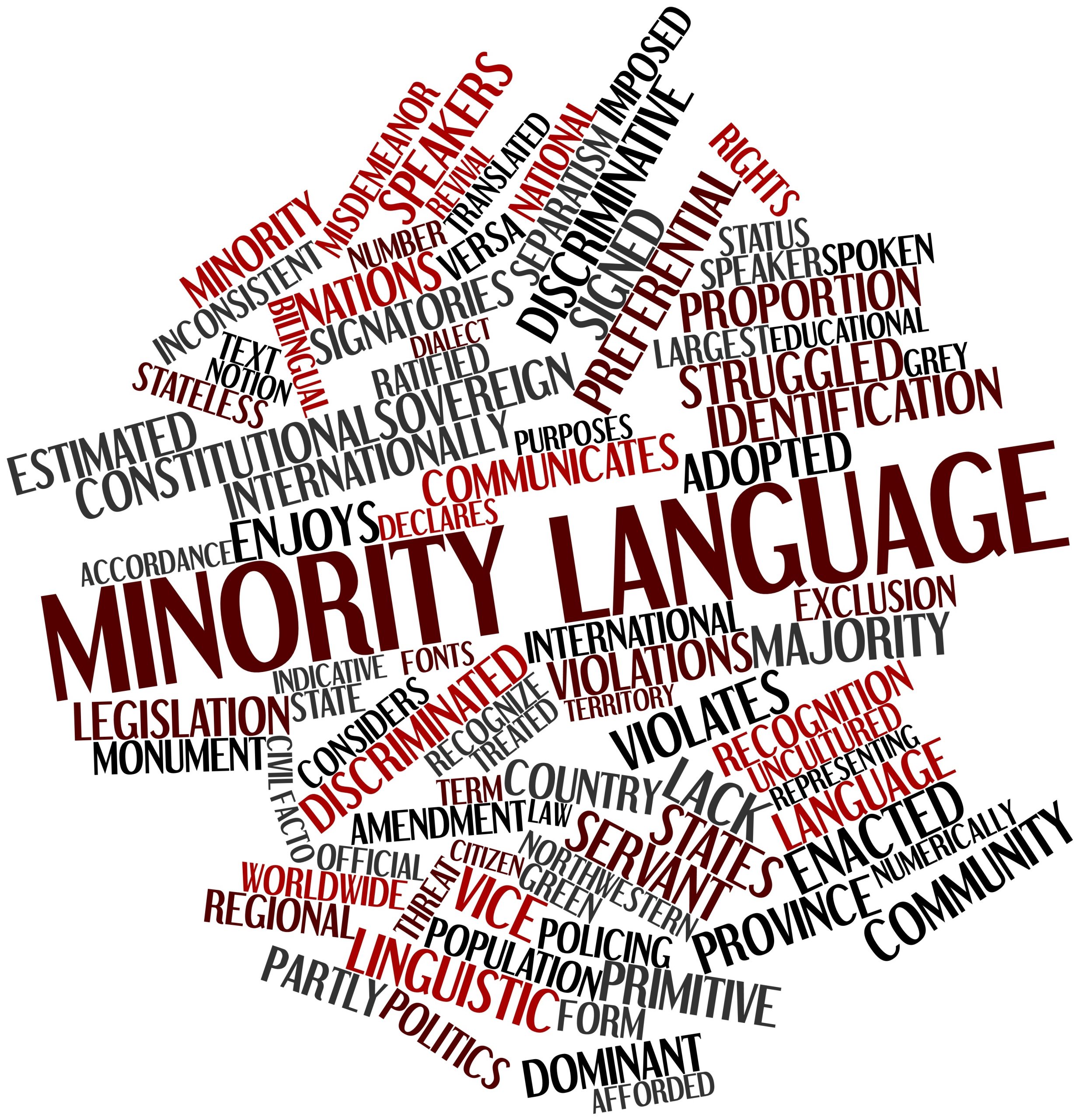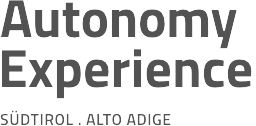
The United Nations (UN) is a big organisation with a membership of almost two hundred countries and yet it has only five official languages. The EU has a membership that is only one eighth the size of the UN (27 countries) but almost five times more official languages, namely 23! One of the reasons for this seemingly paradoxical situation is the fact that, unlike normal international law, EU legislation directly affects the member countries’ legal systems. Therefore EU law measures adopted in Brussels do not all have to be transposed into national law. Against this background it is important that the translation of these acts has to be supplied by Brussels. Another explanation is the fact that the EU, which attracts much suspicion for its wealth of central powers, has to take the sensitivities of the Member States seriously and is at pains not to offend their national identities. It is explicitly stated in Article 22 of the EU Charter of Fundamental Rights, for example, that the EU must respect linguistic diversity. If we are to take the concept of European diversity seriously, however, protection is required not only for diversity between the states but also within the states. And Europe has considerably more languages than it has states, namely about 250. In a global comparison, this number is nevertheless small, and that makes it all the more important to preserve Europe’s linguistic diversity. Worldwide there are about 6,000 languages, and the really big languages like Chinese with more than one billion speakers or Hindi with 250 million have their roots outside of Europe. With 200 million speakers, Arabic is another of the big languages, but in spite of the many Arabic-speaking migrants in Europe it has no official status anywhere on the European continent (→ Veil). Nor is Turkish recognised in any form, neither at the national level nor at the level of the EU, even though some six million Turks live in the EU, and Turkish – together with Greek – is the official language of Cyprus, a Member State of the European Union.
Who speaks what: Multilingualism in today’s European Union

Photo: Adobe Stock/spass
Following the last round of enlargement, the EU has 500 million inhabitants in 27 Member States with 3 alphabets (Latin, Greek and Cyrillic) and 23 official languages (Bulgarian, Danish, Czech, Dutch, English, Estonian, Finnish, French, German, Greek, Hungarian, Irish, Italian, Latvian, Lithuanian, Maltese, Polish, Portuguese, Romanian, Swedish, Slovak, Slovene and Spanish). Irish became an official language on 1 January 2007 but not Luxembourgish, which was not declared one of the country’s official languages until 1984. The much criticised total of 23 official languages, which the EU uses to communicate with its citizens and which permit almost every citizen to participate in the life of the EU in his or her mother tongue, costs a mere € 2.50 per citizen per year. In the case of the smaller official languages, however, the relevance of translations can sometimes be questioned, as in the case of Maltese where there were no translators available following the country’s accession.
In addition to the speakers of the official languages, it is estimated that a further 175 nationalities live as immigrants in the EU. For that reason and in the context of ten million EU citizens living in a Member State that is not their home country, the Commission, in collaboration with the Member States, started work on the Barcelona Process in 2002 with the aim of encouraging EU citizens to learn to communicate in two languages in addition to their mother tongue (→ Education). In the face of increasing mobility and migration, learning the language of the host country is of decisive importance for the successful integration of migrants and EU citizens. On the basis of the principle of mother tongue plus two other languages, the objective is for all Europeans to learn not only a language with international status but also a “personal adoptive language”. These language skills are to include knowledge of the relevant culture, literature and history. In the framework of cultural policy, funding is also available for literary translations with the aim of promoting intercultural dialogue and communicating Europe’s cultural heritage. Europe’s school curricula already include two foreign languages for over fifty percent of all pupils, and the goal is to have at least 80 percent of pupils in the first form of secondary schools learning two foreign languages.
According to a 2005 Eurobarometer poll, 56 percent of all EU citizens can communicate in a language other than their mother tongue. Twenty-eight percent of respondees said they spoke two foreign languages well enough to do so (Luxembourg 92%, Netherlands 75% and Slovenia 71%), while eleven percent said that they spoke at least three foreign languages in addition to their mother tongue. On the other hand, 44 percent only speak their mother tongue. In six Member States, the majority of citizens are in this group, namely Ireland (66%), the United Kingdom (62%), Italy (59%), Hungary (58%), Portugal (58%) and Spain (56%). Nevertheless, every country included in the poll has at least one minority whose members speak either another official EU language or a non-European language as their mother tongue in addition to the official language of the country involved. In Luxembourg, for example, with its many international institutions and a Portuguese minority accounting for nine percent of the population, fourteen percent of respondees speak an EU language other than one of the country’s three official languages. In Slovakia, Hungarian is the mother tongue of no less than ten percent of respondees. German is the most commonly spoken mother tongue in the EU (18%), while English is the most frequently spoken language (51%), followed by German (32%), French (26%), Italian (16%), Spanish (15%) and Polish (10%). With regard to non-EU languages, Latvia and Estonia have a significant proportion of citizens of Russian mother tongue (26% and 17% respectively), while eight percent of Bulgarians speak Turkish as their mother tongue.
How do you protect regional and minority languages?

Photo: Adobe Stock/intheskies
In the EU of the 27 it is possible to distinguish more than a hundred minority groups (→ What is a ”Minority”?). In more than half of the new Member States, minorities account for more than ten percent of the total population. Whereas Malta is almost one hundred percent Maltese, Latvia, for example, officially has only 59.7 percent Latvian speakers. With 9 million speakers, the Catalans in Spain constitute the biggest regional or minority language group, followed – depending on the source – by 5-8 million Roma and 3 million Hungarians. Of the 1.2 million Russian speakers in the Baltic states, half live in Latvia, where ethnic minorities account for over forty percent of the population, while in Estonia and Lithuania over fifteen percent of the population speak a regional or minority language as their mother tongue.
In terms of territorial distribution, the regional and minority language groups are widely distributed in the countries of Central and Eastern Europe whereas this is less the case in other areas: speakers of Catalan and Basque in Spain, Friulian and Sardinian in Italy, Friesian in the Netherlands and Welsh in the United Kingdom have compact areas of settlement, which facilitates the implementation of language policies. There is also an east-west differential with regard to the presence of minorities and their languages in capital cities such as Bratislava, Budapest or Vilnius compared with the peripheral areas of settlement, usually along national borders, to be found in the old EU Member States.
At the European level, there has been a variety of reactions to these quite heterogeneous language situations. The EU Charter of Fundamental Right, for example, calls for respect for the diversity of cultures, religions and languages. In 2001 the EU launched a variety of programmes in the framework of the European Year of Languages, and following the last round of enlargement with Romania and Bulgaria in 2007, the EU appointed a Commissioner for Multilingualism. With its Framework Convention for the Protection of National Minorities and the Language Charter, the Council of Europe has created two legally binding documents with provisions relating to the use of languages which must be implemented at the national level (→ Organisations). Finally, the Organisation for Security and Cooperation in Europe (OSCE) issues recommendations on the subject of legislation for national minorities.
Language policy has to chart a course between the calls of freedom of language as the fundamental human right of every member of a linguistic community on the one hand and the interest of the state in language harmonisation at the national level on the other. The powers of decision rest primarily with the Member States, also with reference to their regional and minority languages. The diplomatic tension that tends to surface at regular intervals between Bratislava and Budapest, for example, is primarily a result of the restrictive language policy adopted by Slovakia with regard to its Hungarian minority.
One of the big challenges for future language policy will be to promote cultural and linguistic diversity. Language acquisition and preservation are a sine qua non for the exercise of other rights including the use of a language in public or the media (→ Education). The use of regional or minority languages in schools and government offices, and their importance as a source of identification depend on the language’s legal status, the existence of linguistic norms, the availability of teaching materials and the geographic distribution of the language group.
Positive and negative changes in language development can be identified not only from census statistics but also through the language users’ own estimates, estimates of the use of the language in public and the media, and school enrolment statistics (→ Uncounted). A decline in language group affiliation and a high average age of the speakers are clear indications of a language shift through assimilation. The use of a minority or regional language will often decline in the private and public spheres in spite of a high standard of knowledge of the language concerned, although the phenomenon is not so common where the lesser used language is linguistically close to the official language. Where endogamy rates are high (marriage within the language group), the language will also be used in practically all situations.
A decisive factor for language acquisition and preservation is the existence of a kin state, i.e. a home country in which the regional or minority language is an official language and which can play a supportive role in the fields of education, media and culture. Most minorities have a kin state. This is the case in Estonia, Latvia, Lithuania, Poland, die Czech Republic, Slovakia, Hungary, Slovenia, Bulgaria, Romania, Greece, Italy, Austria, Germany, Finland and Sweden, which in the ideal case borders on the territory of the minority concerned (→ Transnational Cooperation). But there are also non-territorial, less widespread or “stateless” languages such as Yiddish, Karaim, Kashubian, Romani, Ruthenian, Tatar, Basque, Breton, Friesian, Friulian, Gaelic, Galician, Catalan, Ladin, Occitan, Sami, Sardinian, Sorbian and Welsh.
In order to draw attention to the importance of such languages for the European cultural heritage, the Council of Europe, acting in response to an initiative put forward by the Conference of Local and Regional Authorities of Europe, adopted the European Charter for Regional and Minority Languages in 1992. Following ratification by the mandatory minimum of five countries, the Language Charter came into force on 1 March 1998 and has now been ratified by 25 countries, 16 of which are Member States of the European Union. Unlike the Framework Convention for the Protection of National Minorities, the Language Charter is not an instrument for the protection of minorities; its subject is regional and minority languages, non-territorial languages and lesser used languages. As stated in the Language Charter itself, its objective is not to protect the languages of migrants or dialects of official national languages. With regard to education, access to and support for the media, the use of regional and minority languages in dealings with the courts and administrative authorities, and also economic, cultural and social life, the states parties undertake to implement at least 35 measures of their choice out of a total of 68 listed in the charter.
The charter also has a monitoring mechanism: Every three years the states parties are required to submit a report to the charter’s Committee of Experts. On the basis of the state reports and information received from NGOs and the findings of on-the-spot visits, the committee writes an evaluation report for each country. This report supplies the basis for deliberation by the Committee of Ministers of the Council of Europe, which may then make recommendations for implementation of the Language Charter at the national level.
Support from the kin state and close political relations with the minority concerned are of additional decisive significance for language development and are often the subject of bilateral treaties. In a few cases, kin states do not exercise this protective role, as in the case of the Swedish-speaking Finns, who do not consider themselves Swedes and are not the subject of an active Swedish policy (→ Autonomies), or Italy, which was only able to provide support to the Italian minorities in Slovenia and Croatia following the collapse of Yugoslavia. Another major factor for the lesser used languages is membership in the European Union; a minority may already benefit from the simple fact that its language is an official language in a neighbouring EU country and thus an official language of the EU even.
In several countries of the EU, minority languages enjoy co-official status at the local, regional or national level. Where permitted by decentralisation, the official status of a minority language may even lead to a strict division between the minority and the majority language, for example in the field of education as in South Tyrol, and even to unilateral prioritisation of the regional language as in the case of Catalan.
Three take aways:
- The EU is becoming increasingly polyglot, on the one hand because the process of enlargement means more and more mother tongues are spoken (territorial dimension) and on the other because Europeans are increasingly learning languages (personal dimension). From 2001 to 2005, the number of EU citizens who speak at least one foreign language increased from 47 percent to 56 percent. English is the most common foreign language.
- Regional and minority languages also benefit from the process of European unification, because they are often an official language in a neighbouring Member State and thus one of the EU’s 23 official languages. Otherwise, active support for minority languages is the responsibility of the individual Member State. The Council of Europe and the OSCE have defined certain principles in the form of recommendations and multilateral agreements such as the Language Charter, which national language policies are expected to follow. In general, language acquisition and support in the case of minorities whose language is an official language in another country are greatly facilitated through cross-border cooperation.
- Stateless languages on the other hand run the risk of dying out as the result of assimilation except where the number of speakers is high and they have achieved co-official status as in the case of Catalan.
